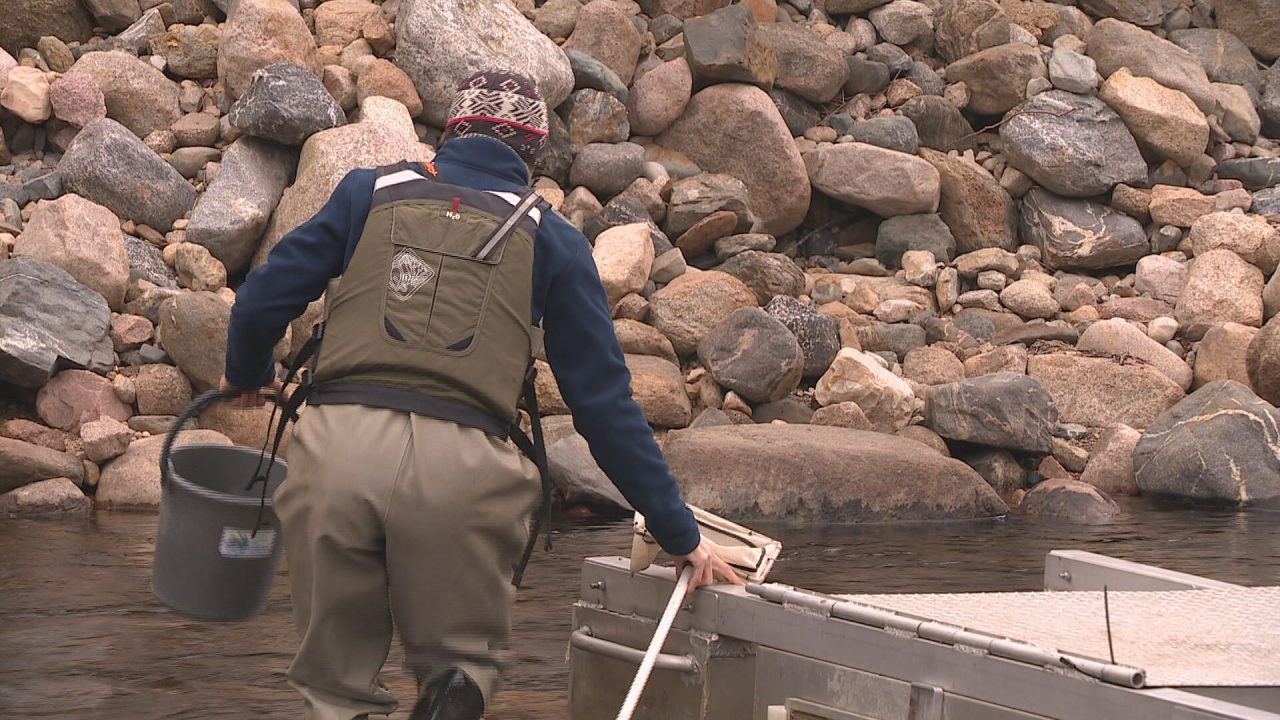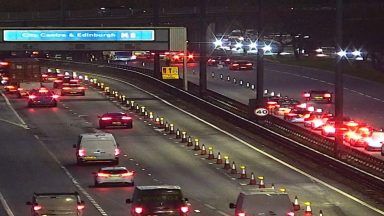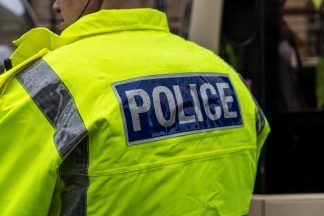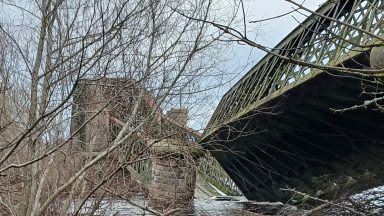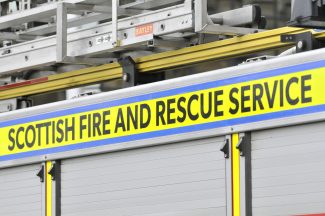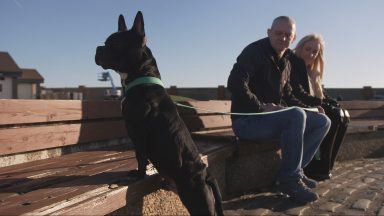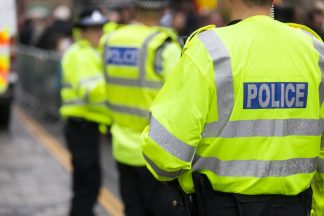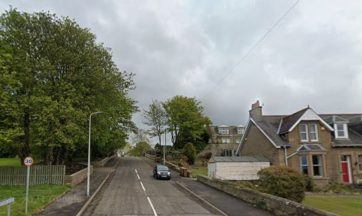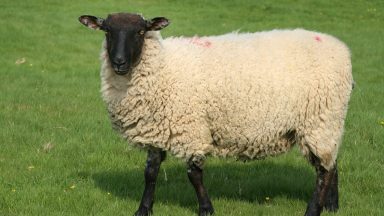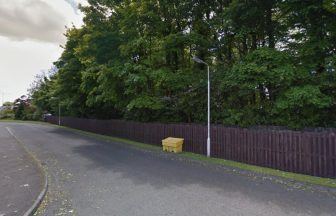Efforts are under way to save dwindling numbers of salmon due to climate change.
The River Dee near Ballater in Aberdeenshire has been particularly affected, with recent flooding causing severe erosion of riverbanks, washing away salmon nests.
It’s estimated five metres of the bank has been washed away in previous storms.
But next to the eroded soil and rock is a big metal spinning drum which is part of the Save the Spring project, hoping to reverse the decline in the population of salmon.
Wild Atlantic salmon in Scotland and across the UK were officially classified as an endangered species in 2023.
Dr Lorraine Hawkins from the Dee District Salmon Fishery Board, said: “The metal drum basically catches the salmon as they migrate down the river.
“We then collect around 100 juvenile salmon and move them into large saltwater tanks to let them grow into adults before they’re returned here.
“The idea is that they can get strong because they’re protected out of the river, but once returned they can breed more successfully and that will hopefully see salmon numbers increase.
“It is intervention but unfortunately their numbers are so low we do think it’s necessary.”
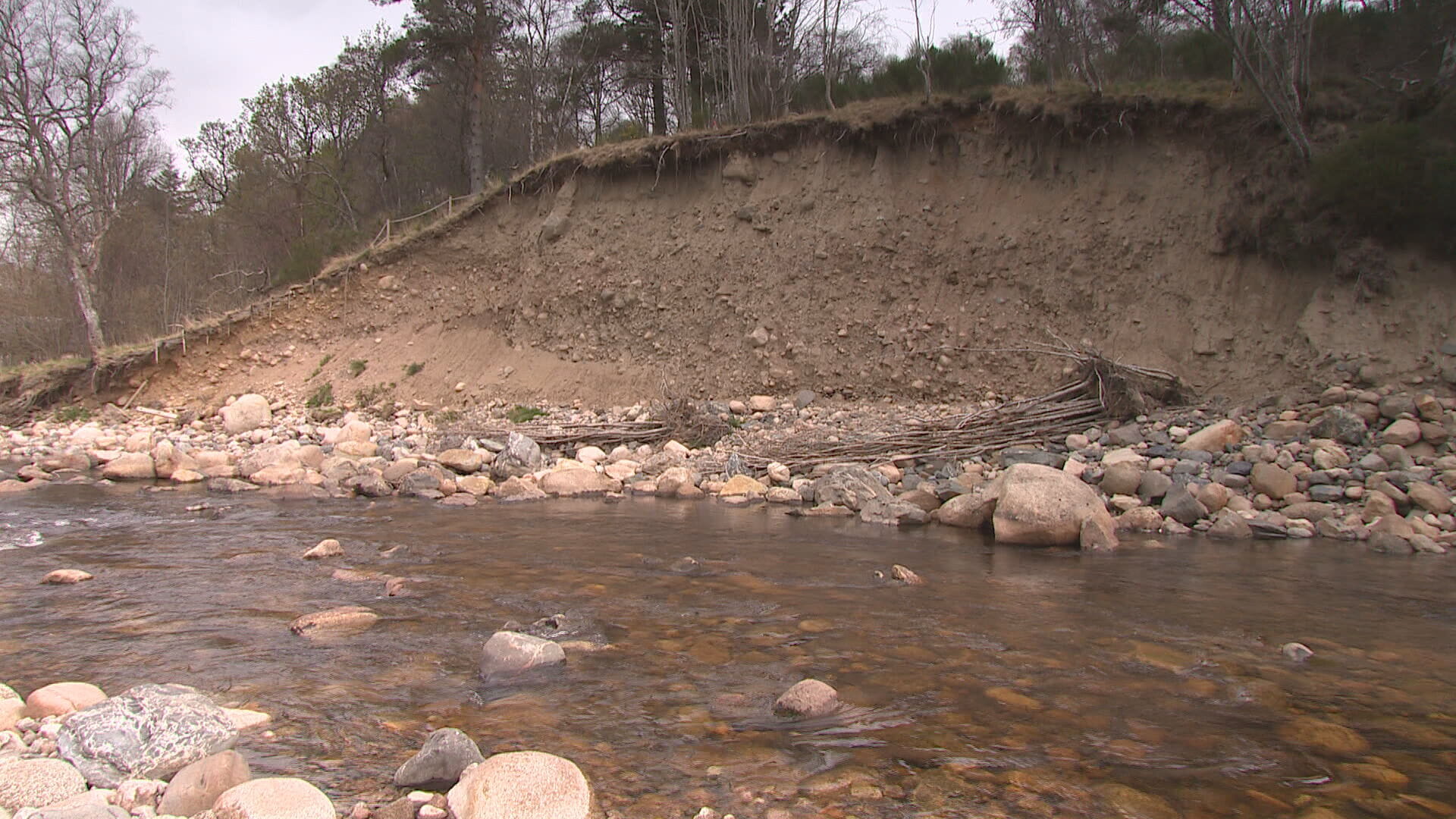 STV News
STV NewsExperts warn climate change is the most likely cause of a decline in salmon numbers.
The salmon capture programme is part of Save the Spring’s 20-year plan, which has also been working to improve the wider landscape around the river most recently to date by planting hundreds of trees.
The initiative follows a similar project in Canada that saw increased fish populations.
The current programme is aimed at improving the local salmon population in the River Dee and may be rolled out across Scotland.
Lorraine added: “This is quite an innovative programme; we’re looking at how the fish respond to this method and its genetics it’s gathering a lot of information.
“The fish will be tagged and tracked when they return to the river here so we can really monitor the whole process.
“Salmon are a good indicator species; they tell us a lot about what’s going on in our waterways which could also affect other fish so it’s important they’re protected.”
Although only 100 fish will be transferred into temporary captivity, all the young fish captured this spring are being weighed and measured before they’re released.
This part of the project is due to end in the coming weeks. But in the autumn, fish caught last year are due to return to the River Dee.
Dr Al Reeve, another scientist on the Fishery Board, said: “This is about assessing their overall health and what the feeding is like in this river for them.
“We’re looking at salmon’s colouring, and how well formed they are. The bigger and fatter the smolt, the more likely they are to survive their migration.”
Follow STV News on WhatsApp
Scan the QR code on your mobile device for all the latest news from around the country


